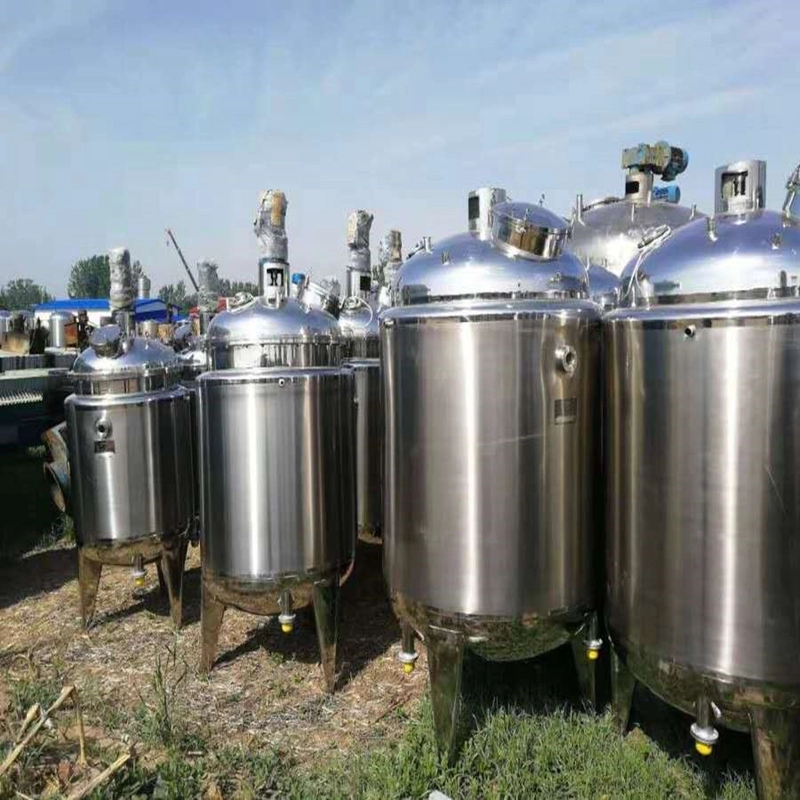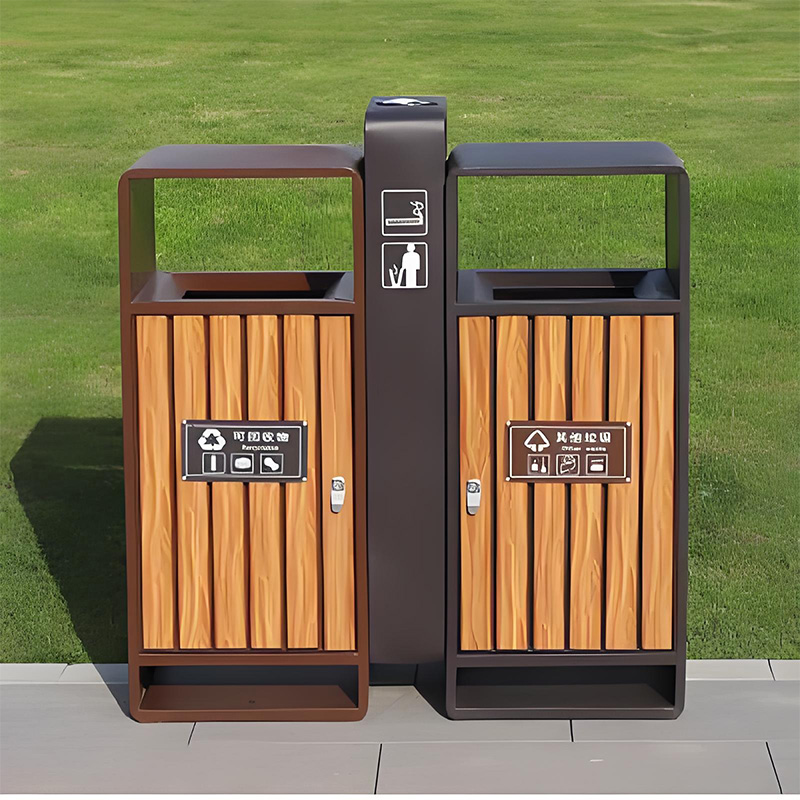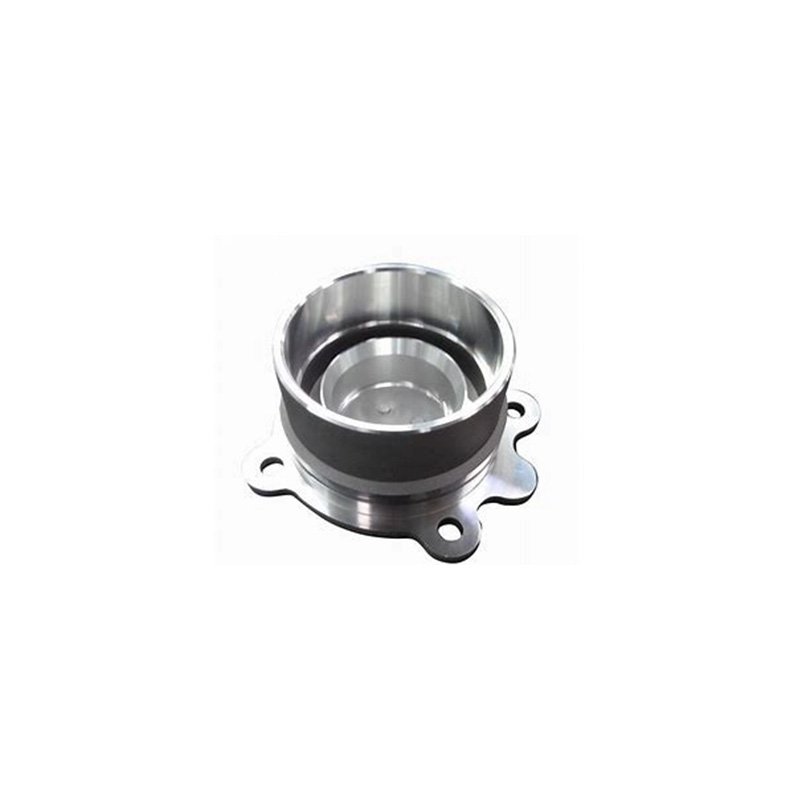5 Essential Cost-Saving Secrets for Stainless Steel Chemical Storage Tanks
Chemical plants lose millions yearly to premature tank failures, maintenance overruns, and material waste. But what if your storage infrastructure could cut costs by 30% while outlasting carbon steel alternatives? The answer lies in smarter stainless steel solutions. Let’s dive into the engineering secrets that transform your CAPEX and OPEX equations.
The Hidden Cost Traps in Chemical Storage
Traditional carbon steel tanks seem affordable upfront—until corrosion sets in. One brewery learned this painfully when carbon steel tanks deteriorated within 5 years, forcing a $500k emergency replacement. Why? Carbon steel requires sacrificial anodes, protective coatings, and rebuilds every 7-10 years. Even worse: chemical contamination from rust halted production for weeks :cite[7].
Plastic alternatives like PPH tanks offer chemical resistance but introduce new headaches. Limited to 100°C and 10-year lifespans, they crack under thermal cycling or mechanical stress. One pharmaceutical client lost 12,000 liters of vaccine intermediates when a seam failed during cooling—ouch! :cite[4]
Secret 1: Dual-Phase Stainless Steel – Thinner Walls, Longer Life
Enter stainless steel chemical storage tanks made from duplex grades like 2205 or LDX2404. These alloys merge austenitic and ferritic structures—imagine getting the best of both worlds. With double the yield strength of 304 stainless, walls can be 25-30% thinner. That means less material cost without sacrificing durability :cite[3]:cite[7].
Our team’s 2025 project for a Spanish winery proved this. By switching to 2205 stainless tanks, they saved 17 tons of steel per unit. Installation costs dropped by 30% versus 316L alternatives. Explore dual-phase stainless solutions here.
Lifecycle Cost Comparison (30-Year Horizon)
| Material | Initial Cost | Maintenance | Replacement | Total Cost |
|---|---|---|---|---|
| Carbon Steel | $100,000 | $420,000 | $300,000 | $820,000 |
| 316L Stainless | $180,000 | $75,000 | $0 | $255,000 |
| 2205 Duplex | $150,000 | $60,000 | $0 | $210,000 |
Source: Outokumpu lifecycle analysis of 20m x 20m tanks :cite[3]
Secret 2: Precision Material Matching – Don’t Over-Engineer
Not all chemicals need premium alloys. Stainless steel storage tanks perform optimally when materials align with stored media. Here’s your cheat sheet:
- 304 stainless: Acids like nitric or acetic acid at <30% concentration
- 316L stainless: Chloride-rich solutions (e.g., seawater, bleach)
- 2205 duplex: Aggressive mixes like H₂SO₄ + chlorides :cite[8]
Fun fact: A fertilizer plant reduced alloy costs by 40% using 304L for ammonia storage instead of 316L—proving smarter specification trumps overkill.
Material Selection Flowchart
Follow these steps to avoid under/over-specification:
- Test chemical composition (include impurities!)
- Check temperature/pressure spikes during cleaning or upsets
- Calculate PREN (Pitting Resistance Equivalent Number) for chloride exposure
- Validate with ASTM G48 immersion testing
- Prototype weld joints – failure loves weak seams
Secret 3: Smart Technical Optimization
Stainless steel chemical tanks become cost champions when engineered intelligently. Consider these tweaks:
- Agitator integration: Anchor or propeller mixers prevent sedimentation – no more $50k tank cleanouts
- CIP spray balls: Automated cleaning slashes downtime by 80% :cite[2]
- Modular designs: Bolt-connected panels (like German biogas tanks) enable capacity upgrades without replacement :cite[7]
One surprising win? Electropolishing interior welds. This $15/m step prevents crevice corrosion—extending service life by 15+ years.
⚠️ Critical Warning: The “Thickness Trap”
Never arbitrarily thicken tank walls! Contrary to intuition, thicker stainless can:
- Increase stress corrosion cracking risk
- Require costlier welding procedures
- Waste $1000s in excess material
Always follow ASME BPVC or EN 14015 thickness calculators.
Secret 4: Data-Driven Maintenance
Reactive repairs drain budgets. Proactive monitoring cuts maintenance costs by 60%:
- Embedded sensors: PT100 temperature probes detect exothermic reactions early
- Ultrasonic thickness mapping: Annual scans predict erosion zones
- Passivation schedules: Nitric acid treatments restore protective oxide layers
We once found a client replacing tanks every 12 years—until data revealed alkaline residues degraded passivation. Adjusted cleaning protocols extended life to 25+ years.
Secret 5: End-of-Life Value Harvesting
Unlike plastic tanks headed to landfills, stainless steel chemical storage tanks retain 40-60% scrap value. One 10,000L 316L tank yields ~$3,800 in recyclable metal (at $2,500/ton). Better yet: Recycle into new tanks—closing the loop sustainably :cite[3].
Interestingly, dual-phase grades like 2205 fetch premium scrap rates due to molybdenum content. That’s residual value you’d never get from carbon steel!
Your Cost-Saving Implementation Checklist
Ready to slash costs? Verify these essentials:
- Material validated against chemical assays & temperature
- Wall thickness optimized via ASME/EN calculators
- Welds electropolished & passivated
- Integrated CIP/spray systems for cleaning
- Scrap buyback agreement with supplier
FAQs: Stainless Steel Chemical Storage Tanks
Q: Can stainless tanks handle 98% sulfuric acid?
A: Only with specialty alloys like 904L or Hastelloy—standard 316L fails catastrophically. Always test!
Q: Are stainless tanks worth the 40% premium over plastic?
A: Absolutely. Plastic (PPH) lasts 10 years max and can’t handle heat/pressure swings. Lifecycle costs favor stainless 3:1 :cite[4].
Q: How thin can duplex stainless tank walls be?
A: For 10m diameter tanks, 2205 walls can be as thin as 4.5mm vs 8mm for 304—saving ~$16,000 in material :cite[3].







